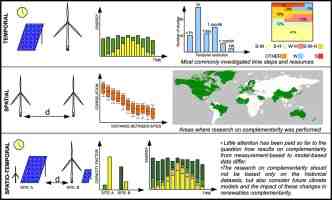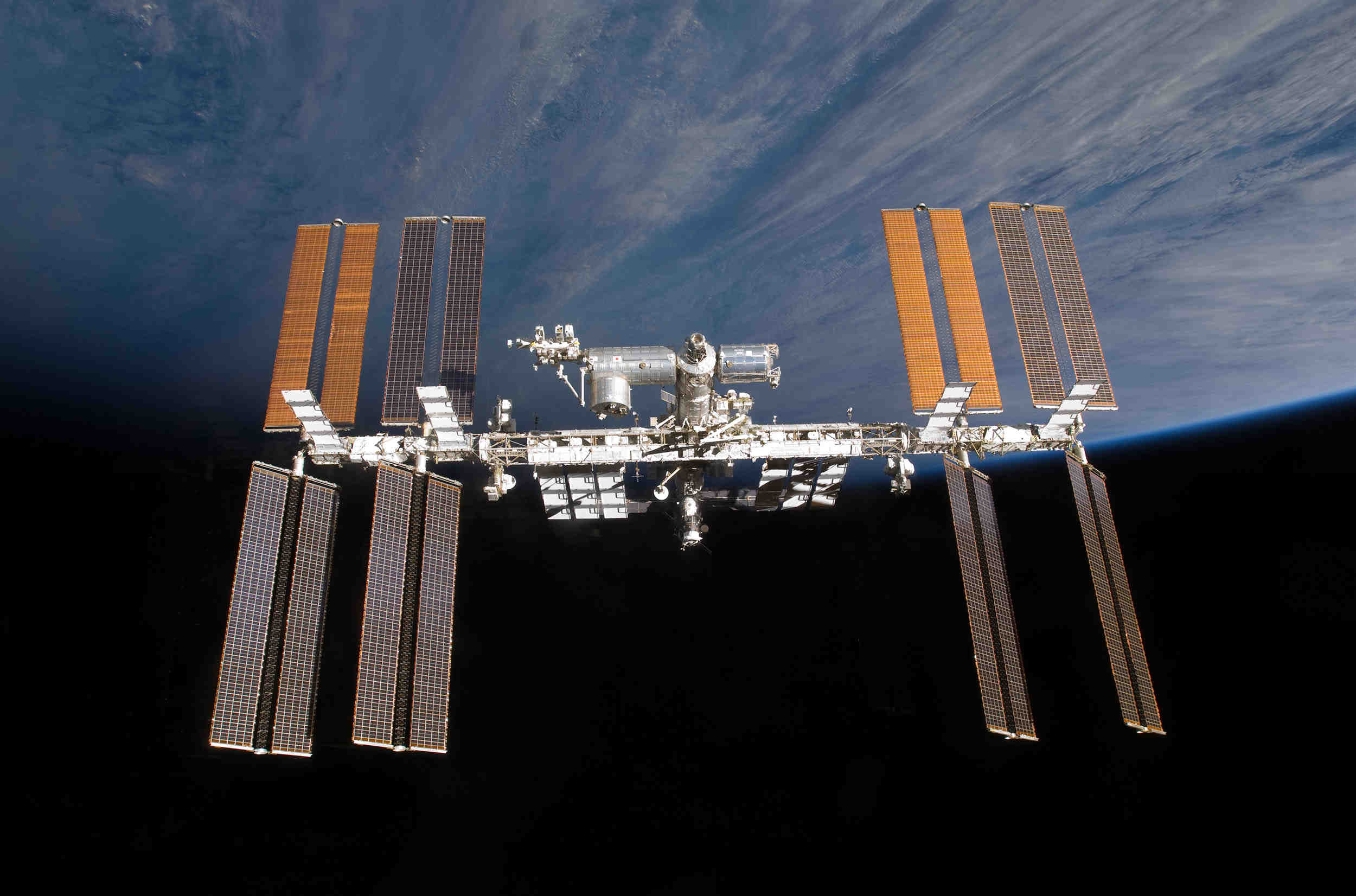For many in Europe, the Russian invasion of Ukraine and passionate discussions on how to ban Russian energy exports are another sign that renewables are the future.
Wind, solar and hydropower are seen as tools to build energy security, as well as being more environmentally sustainable.
The Middle East has a lot of potential for solar energy. Some countries there also have urgent national electricity concerns, especially in those where the government-run electricity grid is not functioning or fuel needs to be imported.
However, despite being among the sunniest places in the world, most Middle Eastern countries still do not come close to Europe’s capacity for per capita solar power generation.
For example, in 2020, there were 810 kilowatt hours of solar energy produced per person in the European Union. Morocco and Saudi Arabia, two of the regional leaders in solar energy, produced 106 and 74 kilowatt hours per person respectively in the same year.
Why is solar power taking so long?
For some countries, such as Saudi Arabia, there was no need for a solar push, they simply produced electricity with their own oil. In others, where everyday life is already difficult for citizens and businesses; disorganization, corruption and lack of cash have hampered the establishment of solar energy production.
For example, Iraq is known for financial corruption and political instability. He is still trying to form a government, despite the fact that elections were held last October.
Since 2019, successive Iraqi leaders have become more serious about solar energy, said Harry Istepanian, a Washington-based energy consultant specializing in Iraqi energy, in a 2020 paper on the subject.
But, as Istepanian explained, potential investors were prevented from going because of “economic, political, transparency and security uncertainties.”
Similar problems are affecting Lebanon, which is experiencing its worst financial and political crisis in decades. As energy specialists from the American University of Beirut pointed out in a September 2021 report, the country’s leading utility company is part of the problem.
“Lebanon’s electricity sector and specifically [the public energy company] EDL have long been highlighted as major contributors to the economic and financial crisis the country is experiencing,” they wrote.
Lebanon often functions in spite of its government, not because of it, and the locals regularly take matters into their own hands. The current shortage of electricity and rising fuel costs for private generators have caused more demand for private solar power sets in the businesses and homes of wealthier Lebanese people. Each solar installation costs at least US $ 4,000 (€ 3,675).
The use of private solar energy is popular in Yemen for similar reasons. War and instability have seen the public electricity grid there collapse. Today, well over half of the population uses decentralized solar energy, according to the Berlin-based non-profit NGO Access and Development of Energy Program (EADP).
More successful with centralized solar power
Other countries in the Middle East have been much more successful in installing solar energy at the national level.
Since 2015, some Middle Eastern countries have been moving towards what is often described as a solar power boom. The Gulf states, Morocco, Jordan and Egypt are leading the way.
The most successful countries with solar energy are those with a stronger central government.
The United Arab Emirates (UAE) – a group of wealthy monarchies that export oil and gas characterized by authoritarian rule – is the first. In 2020, the UAE was one of the world’s largest producers of solar energy, emitting 1,385 kilowatt-hours of energy per capita.
Germany, also a world leader in solar energy, produced 1,490 kilowatt hours per capita in 2020.
Saudi Arabia, another country where renewables are part of its autocratic ruler’s vision, is also moving forward with solar power, as is Oman.
Morocco, another of the region’s leaders in renewable energy, plans to produce more than half of the country’s renewable energy by 2050. Those plans are also supported by the country’s royal family.
“Renewable energy has become a kingdom project,” Henri Louis Vedie, a senior colleague at the Moroccan New South Think Tank Policy Center (PCNS), explained at a briefing in 2020. .
Friendly neighbors in the region are also investing in each other. For example, Oman’s first major solar power plant, completed in January and capable of operating 50,000 homes, was funded by investments from Saudi Arabia and Kuwait.
Renewable energy is also seen as a way to diversify the business opportunities of the Gulf countries, which until recently were mainly about oil exports.
Can the war in Ukraine kill the solar energy explosion?
The war in Ukraine could cause problems in logistics and supplies for renewable energy projects in the Gulf, however, said Li-Chen Sim, a non-resident scholar at the Middle East Institute (MEI). Washington based tank.
Russian and Ukrainian companies play a significant role in the complex web of commodities and components needed for renewable energy systems the expert on the political economy of the Gulf states and Russian energy concluded, indicating raw materials such as steel, aluminum, cobalt, nickel, neon and palladium.
But in other ways, war in Europe could encourage more investment in solar energy.
One of the reasons the Saudis decided to push for more solar power over the last decade was because they were using too much of their own oil at home. Saudi Arabia wanted to export oil instead of generating electricity with it.
As Europeans are now trying to reduce – and perhaps phase out – Russian oil and gas imports, demand for Middle Eastern replacements is likely to increase, Sim said. So the Gulf states will want to produce more hydrocarbons for export as well, “increasing renewable energy projects to free up domestic hydrocarbon consumption,” she told DW.
Global oil prices are rising and as oil rises, fewer countries like Saudi Arabia will be willing to use it to make their own electricity heavily subsidized.
For Morocco, Europe’s shift in energy supplies could be positive, said Bauke Baumann, who heads the Victoria office of the Heinrich Böll Foundation in Germany.
There is already a lot of interest in exploiting Morocco’s capacity to produce solar energy, Baumann explained, even though the technology for transporting this type of electricity to Europe is not yet fully developed.
“There is no shortage of projects and I assume interest is growing,” he told DW.
But it will take some time, Baumann warned: “Morocco will probably only be able to make substantial contributions to securing renewable energy supply in Europe within 10 years.”
In World War II, the three great Allied powers — Britain, the United States, and the Soviet Union — formed the Great Alliance, which was the key to victory.
What was Ukraine in ww1?
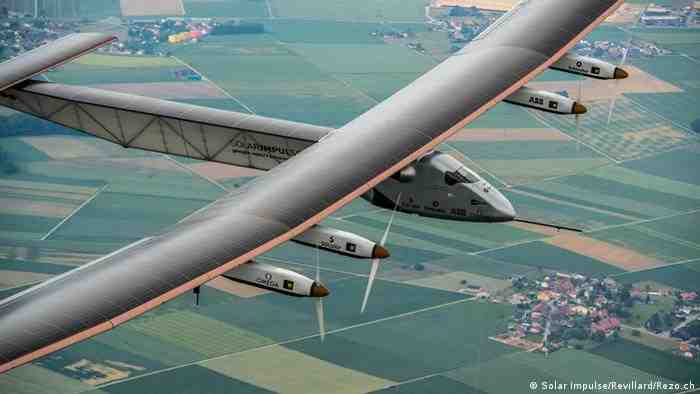
During the First World War the people of Western Ukraine were located between Austria-Hungary and Russia. Ukrainian villages were regularly destroyed in crossfire. On the same subject : A group of Maine vehicles converts solar energy. Ukrainians can be found participating on both sides of the conflict.
What was Ukraine called before? Ukraine has become a nation called the Ukrainian SSR (Soviet Socialist Republic), part of the Union of Soviet Socialist Republics or USSR.
What was Ukraine called in 1917?
Immediately after the fall of the clearing in February 1917, Ukraine established a provisional government and proclaimed itself a republic within the structure of a federated Russia. On the same subject : Vivint solar san diego office.
What was Ukraine before 1917?
The War of Independence of Ukraine from 1917 to 1921 produced the Free Territory of Ukraine, the Soviet Socialist Republic of Ukraine (in 1919 it was united by the People’s Republic of Ukraine and the People’s Republic of Ukraine). Western Ukraine) which was soon included in the Soviet Union.
What was Ukraine before 1918?
The People’s Republic of Ukraine (UPR), or National Republic of Ukraine (UNR), was a country in Eastern Europe that existed between 1917 and 1920.
What was Ukraine before ww1?
The territory that made up the modern country of Ukraine was part of the Russian Empire with a remarkable region of the southwest administered by the Austro-Hungarian Empire, and the border between them went to the Congress of Vienna in 1815. .
What was Ukraine called before 1917?
Ukraine had experienced a brief period of independence in 1918-20, but parts of western Ukraine were ruled by Poland, Romania, and Czechoslovakia in the interwar period, and Ukraine has since become part of the Soviet Union as the Soviet Union of Ukraine. Socialist Republic (S.S.R.).
What was Ukraine before 1918?
The People’s Republic of Ukraine (UPR), or National Republic of Ukraine (UNR), was a country in Eastern Europe that existed between 1917 and 1920.
What was Ukraine before 1921?
The War of Independence of Ukraine was a series of conflicts involving many opponents that lasted from 1917 to 1921 and resulted in the establishment and development of a republic of Ukraine, most of which It was later absorbed into the Soviet Union as the Soviet Socialist Republic of Ukraine in 1922 – 1991.
What was Ukraine called in 1920?
Yiddish, Polish, German, Belarusian, Romanian, Bulgarian, Greek, Urum, etc. The People’s Republic of Ukraine (UPR), or the National Republic of Ukraine (UNR), was a country in Eastern Europe that was exists between 1917 and 1920. It was declared after the February Revolution in Russia by the First Universal.
What was Ukraine called in 19th century?
In the mid-19th century, Ukraine-Rus was coined as a new term to replace the Old Ru or Kyiv (Kievan) Rus.
What was Ukraine before 1921?
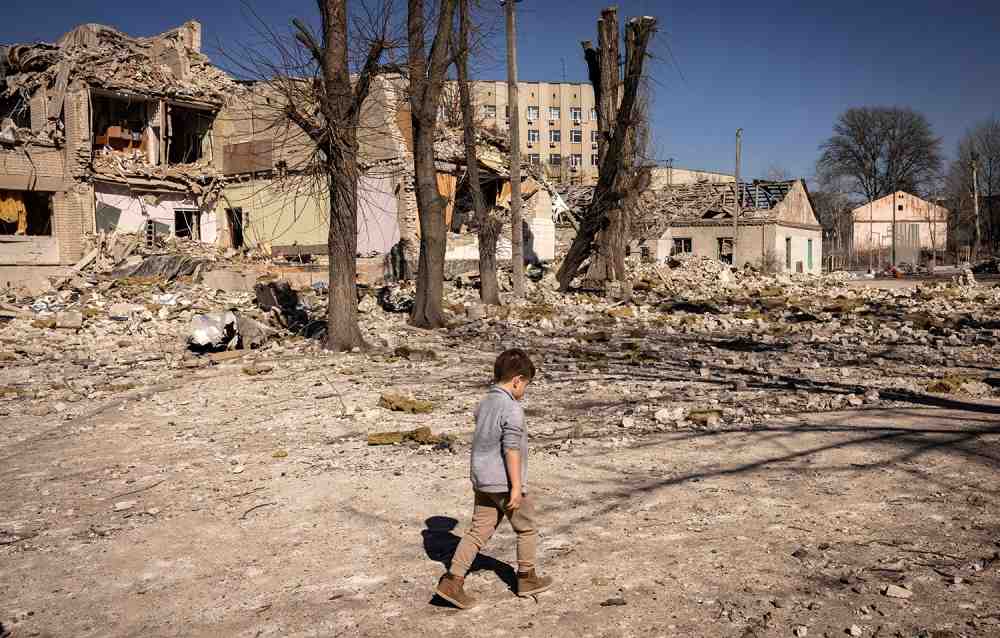
The War of Independence of Ukraine was a series of conflicts involving many adversaries that lasted from 1917 to 1921 and resulted in the establishment and development of a republic of Ukraine, most of which it was later absorbed into the Soviet Union as the 1922–1991 Soviet Socialist Republic of Ukraine.
What was formerly known as Ukraine?
What was Ukraine before 1917?
The War of Independence of Ukraine from 1917 to 1921 produced the Free Territory of Ukraine, the Soviet Socialist Republic of Ukraine (in 1919 it was united by the People’s Republic of Ukraine and the People’s Republic of Ukraine). Western Ukraine) which was soon included in the Soviet Union.
What was Ukraine called before 1917?
Ukraine had experienced a brief period of independence in 1918-20, but parts of western Ukraine were ruled by Poland, Romania, and Czechoslovakia in the interwar period, and Ukraine has since become part of the Soviet Union as the Soviet Union of Ukraine. Socialist Republic (S.S.R.).
What was Ukraine before 1918?
The People’s Republic of Ukraine (UPR), or National Republic of Ukraine (UNR), was a country in Eastern Europe that existed between 1917 and 1920.
What was Ukraine before ww1?
The territory that made up the modern country of Ukraine was part of the Russian Empire with a remarkable region of the southwest administered by the Austro-Hungarian Empire, and the border between them went to the Congress of Vienna in 1815. .
What was Ukraine before 1918?
The People’s Republic of Ukraine (UPR), or National Republic of Ukraine (UNR), was a country in Eastern Europe that existed between 1917 and 1920.
What was Ukraine before 1921?
The War of Independence of Ukraine was a series of conflicts involving many opponents that lasted from 1917 to 1921 and resulted in the establishment and development of a republic of Ukraine, most of which It was later absorbed into the Soviet Union as the Soviet Socialist Republic of Ukraine in 1922 – 1991.
What was Ukraine called in 19th century?
In the mid-19th century, Ukraine-Rus was coined as a new term to replace the Old Ru or Kyiv (Kievan) Rus.
What was Ukraine called in 1920?
Yiddish, Polish, German, Belarusian, Romanian, Bulgarian, Greek, Urum, etc. The People’s Republic of Ukraine (UPR), or the National Republic of Ukraine (UNR), was a country in Eastern Europe that was exists between 1917 and 1920. It was declared after the February Revolution in Russia by the First Universal.
What was Ukraine called in 1917?
Immediately after the fall of the clearing in February 1917, Ukraine established a provisional government and proclaimed itself a republic within the structure of a federated Russia.
What language is spoken in Ukraine?

Are Ukraine and the Russian language the same? Many people assume that being â € œseparateâ € means some kind of complete and clear division between them, but the reality is more complex than that. Ukrainian and Russian are both part of the Slavonic (or Slavic) language family.
What are the top 3 languages spoken in Ukraine?
Language Composition
- Ukrainians (73%)
- Russian (11%)
- Yiddish (9%)
- German (2%)
- Polish (2%)
- Belarusian (1%)
- Romanian (1%)
Which language are they speaking in Ukraine?
The vast majority of people in Ukraine speak Ukrainian, which is written in the form of the Cyrillic alphabet. The language — which belongs to Russian and Belarusian to the East Slavic branch of the Slavic language family — is closely related to Russian but also bears a distinct resemblance to the Polish language.
How many languages does Ukraine have?
There are about 20 languages spoken in Ukraine. According to the 2001 census, 67% of the population speak Ukrainian and 30% speak Russian as their first language. Ukraine, the official language, belongs with Russian and Belarusian to the East Slavic branch of the Slavic language family.
Can Ukrainians understand Russian?
So while Ukrainian and Russian are linguistically distinct, there is an important asymmetry to be aware of: although most Russians do not know or understand Ukrainian because it is a different language, most of them Ukrainians know and understand Russian.
Is Ukrainian language similar to Russian?
As Russian and Ukrainian have diverged relatively recently (less than a millennium ago), they still share a lot of basic and core vocabulary – but not enough to be considered single-language dialects. One of the most frequently mentioned figures is that Ukrainians and Russians share about 62% of their vocabulary.
Can you learn Ukrainian If you know Russian?
Russian belongs to the East Slavic branch of the Slavic subfamily of the Indo-European language family. If you speak Russian, it will be easier for you to understand other Slavic languages, including Ukrainian, Belarusian, Polish, Czech, Slovak, Bulgarian, Serbian, Croatian, Bosnian and Slovenian.
Are Ukrainian and Russian mutually understandable?
Russian is also 85% mutually intelligible with Belarus and Ukraine in writing. However, Russian is only 74% mutually intelligible with spoken Belarus and 50% mutually intelligible with spoken Ukrainians.
Is it OK to speak Russian in Ukraine?
The use and status of the language is the subject of political disputes and since 2022, Ukraine has been the only state language in the country. However, Russian is a widely used language in Ukraine in pop culture and in informal and commercial communication.
Can a Russian speaker understand Ukrainian?
Ukrainians often know Russian, but Russians do not know much about Ukrainians. So while Ukrainian and Russian are linguistically distinct, there is an important asymmetry to be aware of: although most Russians do not know or understand Ukrainian because it is a different language, most of them Ukrainians know and understand Russian.
Is Russian popular in Ukraine?
According to the survey, Russian is used at home by 43–46% of the country’s population (in other words a similar proportion to Ukraine) and Russophones make up the majority of the population in the eastern regions. and Southern Ukraine: Autonomous Republic of Crimea – 97% of the population.
Is Russian language allowed in Ukraine?
Other languages spoken in Ukraine are guaranteed constitutional protection. Russian is recognized as the language of the national minority. A law of 2012, called the law “On the principles of state language policy” gave the status of regional language to Russian and other minority languages.
Why did Russia go against Germany in WW2?
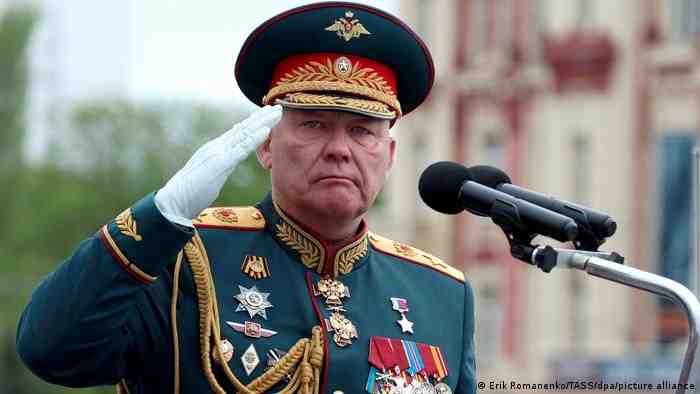
Hitler always wanted to see Germany expand eastward to get a Lebensraum or ‘living space’ for its people. After the fall of France, Hitler ordered plans for an invasion of the Soviet Union. He intended to destroy what he saw as Stalin’s ‘Jewish Bolshevik’ regime and establish Nazi hegemony.

